In short, E-Commerce Web Design is all about Findability and Usability
Despite there being millions of websites on the Internet, you’ll find that almost all of them can be categorised as a different type or variety of web design: There are personal blogs, community forums, search engines, informational pages, and dozens more, all of which have their own specific design and development principles. One of the most common of these varieties is the e-commerce website. What makes these websites unique is that they encompass nearly every major programming language, marketing tactic, and design principle in an effort to market and sell a product through the Internet. As a result, e-commerce web design has nearly become its own subject, since there are so many factors necessary to ensure a successful execution. This post will cover the two primary principles of this area of design and will hopefully leave you with a better idea of what it truly takes to build an excellent e-commerce website.
Find-ability
The Internet is more than a social medium: It’s also the largest global marketplace ever created. For the first time ever, individuals and businesses from all over the world can interact without ever having to travel. While this has made trade far more efficient, it has also inundated markets with an overwhelming number of businesses. As a result, you’ll almost always face some level of competition, regardless of whatever product or service you’re offering. Because of this, the first step to creating a successful e-commerce website is to make sure people can actually find it.
Thankfully, there are many ways to increase the visibility of your website. The most popular of these methods is search engine marketing, which is often abbreviated as just ‘SEM’. As its name suggests, SEM involves making your website easier to find in search engines for given keywords. This can be accomplished in two different ways: Search engine optimisation and paid search engine listings.
Before we delve into these methods, however, it’s important to understand that each relies heavily on choosing the right keywords; after all, when a person is looking for whatever you’re offering, they usually type in specific keywords or phrases into a search engine. As a result, before utilising either – or both – of the aforementioned methods, make sure your keywords are not only relevant to the content of your website, but also aren’t so broad that you’ll face an impossible level of competition.
In the short run, paid listings are the easiest and most effective way to get visibility in a search engine. As its name suggests, you pay a search engine to list your website in the ‘ads’ section of the results page for a certain keyword. After choosing a keywords or key phrase, you’ll then have the option of selecting how much you want to pay the search engine for one click on your link once it’s listed. However, this means that your website’s rank, visibility, and longevity will depend entirely on how much you’re able to spend. If another website similar to yours is willing to pay more per click and has a larger daily budget, they’ll be visible – and therefore receive more traffic.
For long-term results, search engine optimisation – often abbreviated as ‘SEO’ – is the best way to go. Instead of having to pay to be listed in a special advertising section, SEO makes it so that Google naturally ranks your website based on numerous factors found both on and off your website. Effective on-site SEO involves incorporating page-relevant keywords into each page’s file name, ‘Title’ and ‘Keyword’ Meta tags, and of course, written content. Also, we need to keep your code and site structure organised and accessible.
Off-site SEO is also important and comes mainly in the form of backlinks, which are links posted elsewhere that lead to different parts of your website. Whenever a person posts a link to your website somewhere else, Google – depending on the authority of the website that the link was posted on – tends to view that as an ‘up-vote’. One of the best ways to get people to do this is to maintain a frequently updated blog covering various subjects relating to your products that people will find interesting enough to share with others through links.
There’s a lot more to keyword research, paid listings, SEO, and SEM, but the aforementioned practices cover the most fundamental and necessary principles of findability. Alternatives to SEM include being listed in vendor and business directories, buying advertising space on other websites, and much more.
Usability
Getting someone to find your website is only half the battle: The other half is getting them to stay and make a purchase. While elements such as copywriting, pricing strategy and the product itself all play major roles in this, usability – the practice of making sure that your website is easy to use and free of complications – is arguably the most important factor of successful e-commerce web design.
Although every component of your website should be usable, focus on design and layout first. Make sure that your layout is simple: Don’t have too many columns, stick to a pleasing colour pallet, and keep all of your graphics and designs clean and professional. Layout is also important when it comes to marketing practices. Try to keep the most important parts of each page ‘above the fold’, which is the area visible when you first arrive at the page. While the size of this varies between monitors and their respective resolutions, try to keep the area above the fold (approximately 860 pixels in height).
Another important part of usability is navigation. Try not to depend too heavily on drop down bars, and make sure every major section of your website is clearly visible on the navigation bar. Whenever you’re in a certain section, the navigation bar should reflect it: For example, if you find yourself on the ‘About Us’ page, the ‘About Us’ option on the navigation bar should look visibly different from the other options. Steve Krug, a renowned authority in web usability and author of ‘Don’t Make Me Think’, suggests that the chosen navigation option should look different in at least two ways.
Navigation should also come in the form of search boxes, which are still widely used – and even favoured – by many users. A potential customer might know exactly what they’re looking for the moment they come to your website, and will usually navigate to the search box as a result. The search box should always be in the header of each page, have a ‘search’ button directly to the right of the text area, and of course, be functional: Nothing frustrates a user more than a dysfunctional on-site search tool! Remember, the goal of usable web design is to get the user to stay, and many will leave the moment they become frustrated or confused.
The header of your website should also be unchanging between pages. At a bare minimum, it should include your website’s logo, navigation bar, search box, and most importantly, the shopping cart. While these features will vary depending on the complexity of your website, a good rule of thumb is to make sure that everything the customer would ever need can be found somewhere in the header of each page.
The other half to usability involves how customers view, choose, manage, and purchase products. With online shopping cart abandonment rates reaching nearly 60% for most e-commerce websites, making the browsing and ordering processes as easy, streamlined, and hassle-free as possible should be a top priority. Although there are many ways this can be done, the easiest ways to do so are ensuring your pages load fast, making sure factors such as price and availability are clearly displayed, and keeping the cart management and transaction processes as streamlined and simple as possible. One of the best ways to ensure the latter is to have your shopping cart system remember past customer’s payment details. Functions like this not only make transactions easy, but they can also add a whole new level of personalisation to the shopping experience, which is something that many customers look very highly upon.
Like with the previous section covering find-ability, this section was only a small glimpse into the vast world of usability. However, among all of the jargon and seemingly complex design principles, always remember the number one rule of usability: Don’t make the customer think! If you keep this in mind, you’ll find that ensuring a positive user experience isn’t too difficult.
Findability vs. Usability: Which is More Important?
Many will argue that find-ability is the more important of the two, but this is often shot down by arguing the importance of keeping the user on the website; after all, a website is useless if it isn’t functional. On the other hand, there are others who will argue the opposite and say that a website is equally useless if it cannot be found. While both have good points, they’re both half correct: Findability and usability are equally important components of proper e-commerce web design.
When it comes to prioritising, however, focus on usability before anything else, since you can always market yourself later on.
Author Chris Anderson
Toxic Creative - RESULT DRIVEN DESIGN & MARKETING
We’re based in Northampton and are experts in all aspects of graphic design, website design and marketing, from dynamic websites and printed literature to logo design and brand development … we do it all.
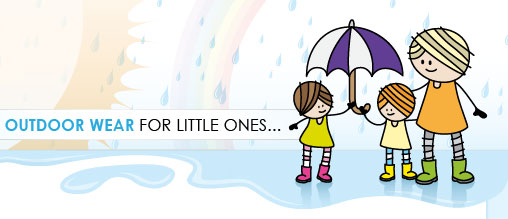
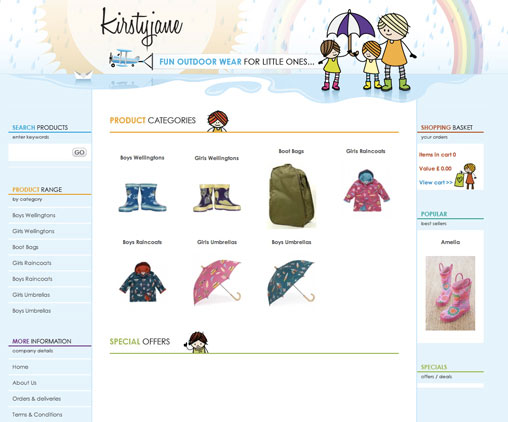
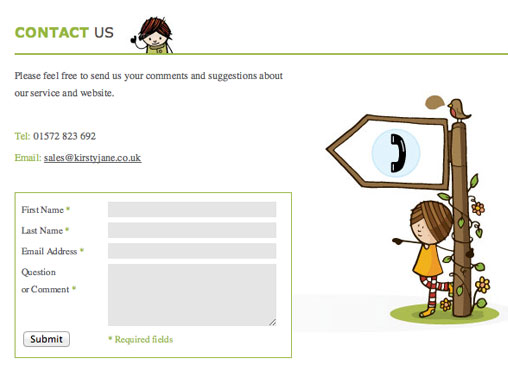
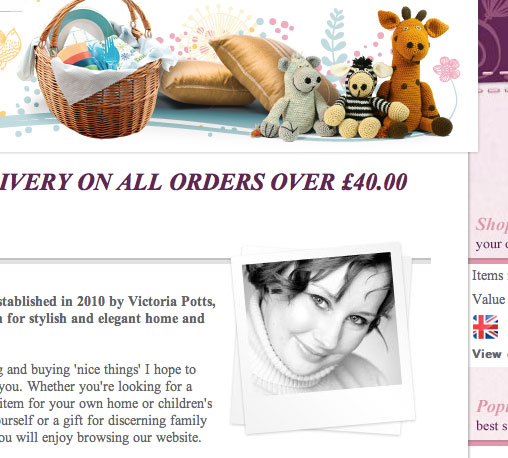
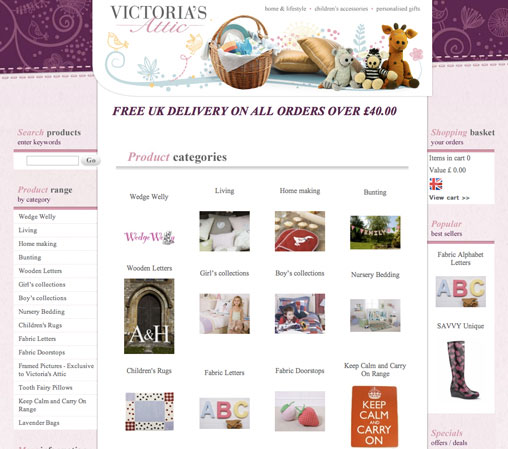
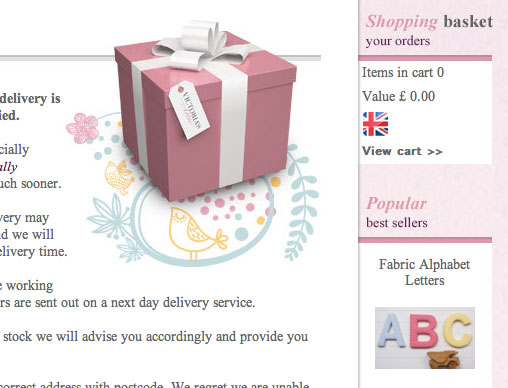
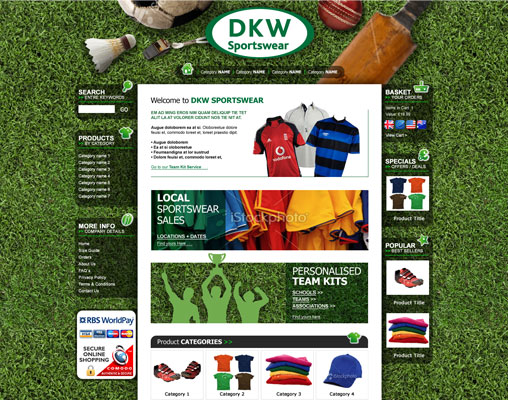
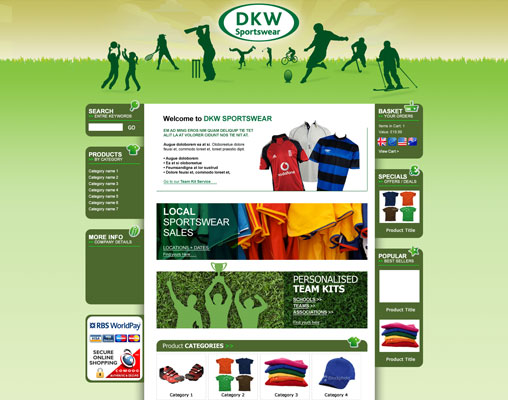


Connect with us